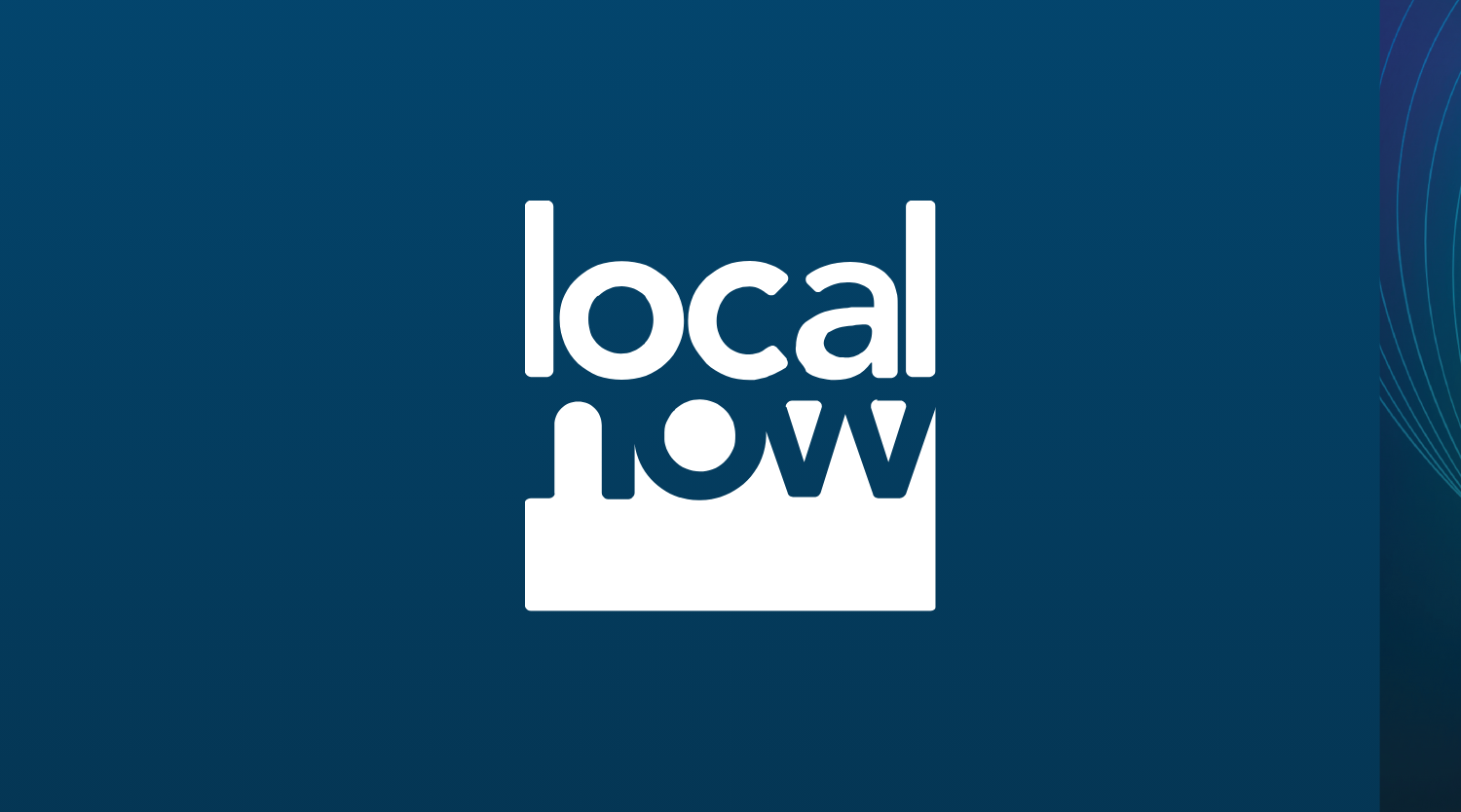
For the third installment of our ABCs of Programmatic series –where we try to help demystify programmatic by defining some of its most frequently used buzzwords –we define terms from “M” through “P” taking us from Marketing Automation through Publisher.
• Marketing Automation: A software category that streamlines, automates and measures workflows to increase efficiency and grow revenue faster.
• Marketing Automation Platform for Publishers (MAPP): A control panel for publishers that enables them to manage their sales, pricing and packaging, and go-to-market efforts strategically and at scale. A MAPP does this by automating the publisher’s marketing value chain, including everything from identifying and qualifying new buyers, nurturing buyer relationships, executing sales to identifying future opportunities to upsell and cross sell.
• MRAID (Mobile Rich-Media Ad Interface Definitions): A standardized set of commands, designed to work with HTML5 and JavaScript, to define common API requirements that allow rich media to run across multiple mobile apps. Source: IAB, PubMatic
• Native Advertising: Advertising that is contextualized to appear as a part of the content experience and developed by brands, specific publishers, or media platforms. The intention is to create relevance between the advertising message and the environment in an effort to improve advertising effectiveness for the consumer and for the advertiser.
• Non-Premium: The proverbial “long tail” of publishing. When seen in the context of your favorite site or service, these are the pages that are not prominently featured or are deep into the site. However these pages still retain a value for the advertiser.
• Non-Guaranteed Inventory: Content that is sold by publishers through ad networks and using ad exchanges/branded marketplaces. Often the publisher is willing to be more flexible on the pricing of this inventory, as the delivery is equally flexible for the advertiser.
• OpenRTB: A standard for the Real-Time Bidding Interface intended to set the requirements bar and simplify the connection between suppliers of publisher inventory (i.e., exchanges/branded marketplaces, SSPs, etc.) and competitor buyers of that inventory (i.e., bidders, DSPs, etc.) Source: IAB, PubMatic
• Pixel Tagging: Also known as Pixel Tracking, refers to a tactic used by marketers to track who is clicking through ads and trafficking to landing pages by placing an object on the page that retains information and delivers the information about this device to the web site host. Source: Digiday
• Premium Mobile: Mobile inventory that is enriched at the impression level with location data, rich media capabilities, device IDs, and mobile application data.
• Private Marketplace (PMP): Customized, invitation-only marketplaces that provide publishers with the ability (through an SSP) to designate certain inventory and sell it to a select buyer or group of buyers with an emphasis on margin improvement for the seller. Unlike a direct buy, which can be quite labor-intensive, buyers in a Private Marketplace use programmatic methods to purchase from publishers. Source: PubMatic 2015 Programmatic Outlook Report
• Programmatic Advertising: The use of software to improve the buying and selling of advertising through workflow automation and algorithms. The innovations in this area have redirected human involvement to more strategic tasks and replaced some repetitive actions with more efficient and effective technologies to drive better targeting and campaign placement optimization. Source: Digiday, PubMatic
• Programmatic Direct: An umbrella term for all electronically facilitated deals between buyers and sellers across both guaranteed and non-guaranteed inventory utilizing Automated Guaranteed workflow, Private Marketplace, or RTB.
• Publisher: A digital entity that provides content or services with the primary goal of offering a consumer value proposition, and deriving advertising as a business model.




